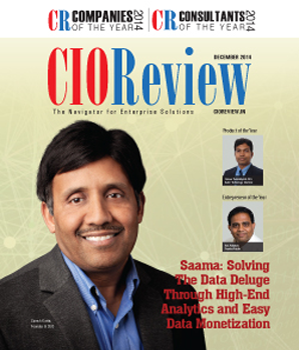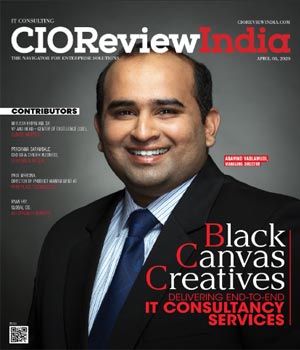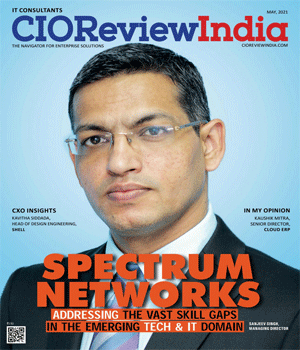
Global Social Software and Collaboration Revenue is Expected to Nearly Double by 2023
CIOReviewIndia Team | Monday, 07 October 2019, 12:37 IST
 According to Gartner, the worldwide market for social software and collaboration in the workplace is expected to grow USD 4.8 billion by 2023, nearly doubling in size from an estimated USD 2.7 billion in 2018. “The collaboration market is the most fragmented and contextually focused it has ever been, making the barrier to entry extremely low. By 2023, we expect nearly 60 percent of enterprise application software providers will have included some form of social software and collaboration functionalities in their software product portfolios,” said Craig Roth, research vice president at Gartner.
According to Gartner, the worldwide market for social software and collaboration in the workplace is expected to grow USD 4.8 billion by 2023, nearly doubling in size from an estimated USD 2.7 billion in 2018. “The collaboration market is the most fragmented and contextually focused it has ever been, making the barrier to entry extremely low. By 2023, we expect nearly 60 percent of enterprise application software providers will have included some form of social software and collaboration functionalities in their software product portfolios,” said Craig Roth, research vice president at Gartner.
Evolving Collaboration Market has been fragmented into many submarkets, for example, employee communications applications or meeting solutions, which mostly don’t compete with each other.
According to Mr. Roth, “The future of social software and collaboration will leverage new capabilities like social analytics, virtual personal assistants (VPAs) and smart machines.”
The growing amounts of routine work in the modern workplace have been a crucial factor for the increase in the use of collaboration software with penetration in the existing user base and growth from emerging regions, such as China, in the number of potential users and buyers. With more than four-fifths of that growth coming from the emerging world, the number of knowledge workers in the world will increase to 1.14 billion by 2023.
Current market trends see enterprises moving towards a portfolio approach for the broader world of collaborative technologies. Businesses have always been using tools, such as Slack for workstream in the collaboration market. As Microsoft and Google have bundled the workstream collaboration services with cloud office offerings, large number of enterprises are now using cloud office suites for general productivity requirements. Hence, non-cloud office vendors will have to focus on more-specific business scenarios, decision-making roles, supporting use cases, deeper integration capabilities and third-party partnerships.
Also, with digital workplace implications, Social media and real-time messaging are now key to enterprise collaboration - According to the recent Gartner Digital Worker Survey, fifty-eight percent of respondents reported using real-time mobile messaging tools daily, and 45 percent reported using social media networks daily.
With the potential to create a dominant player in each submarket or draw new entrants into the space, buying decisions are becoming driven by categories within the social software market that reflect specific business needs.
CIO Viewpoint
With Managed Services Organizations Can Reduce...
By Krishnakumar Madhavan, Head IT & Innovation, KLA Software India Pvt Ltd
By Amandeep Singh, Vice President & Group Head - IT Infrastructure, Thomas Cook India Limited
By Brian Clarke, Solutions Architect-Networking and Collaboration, OneNeck IT Solutions
CXO Insights
Innovation in IT: Meeting Evolving Demands and...
By K Shivasankar, Vice President - Technology & Solutions, India, NTT DATA Inc
Low-Code/No-Code: The Key to Intelligent...
By Sachin Panicker, Chief AI Officer, Fulcrum Digital
Maximizing Business Insight with Big Data...















